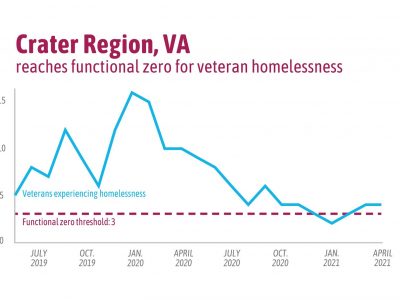In this excerpt from Upstream: The Quest to Solve Problems Before They Happen, we explore a successful upstream effort to overcome this barrier. A team in Rockford, Illinois, led the city to become the first in the US to eliminate veteran and chronic homelessness. And what they discovered is that the key to unlocking a complex problem like homelessness was as simple—and as complicated—as a list of names.—Dan Heath
One of the most surprising patterns I discovered in this upstream work was the push for “zero”—the desire not just to mitigate problems but to eliminate them. I found groups all over the country who aspired to zero: An effort in Detroit to eliminate suicides. The Vision Zero network, which aspires to eliminate all traffic fatalities. And the Built for Zero network, a methodology and movement for ending homelessness—and one that played a major role in Rockford’s success.
In Rockford, the team’s goal to end homelessness forced them to change the design of their systems and the way they collaborated. They embraced a methodology called “housing first.” In the past, the opportunity to receive housing was like a carrot dangled in front of homeless people to encourage them to fix themselves: to receive substance abuse treatment, or treatment for mental illness, or job training. The idea was that homeless people needed to earn their way into housing.
“Housing first” flips that sequence. It says that the first step in helping the homeless—not the last—is to get them into housing as soon as possible. “I stopped thinking of people as ‘homeless’ and started thinking of them as people without houses,” said Jaeger. “All a homeless person is is somebody without a house. The same issues homeless people have, people who are housed have. … People who are housed can start working on those other issues.” To support that goal, Rockford created a single point of entry for homeless people—in the past, the outreach had been fragmented—which allowed the city to be strategic about who has housed. For the first time, the most vulnerable people in the community would be housed the quickest.




